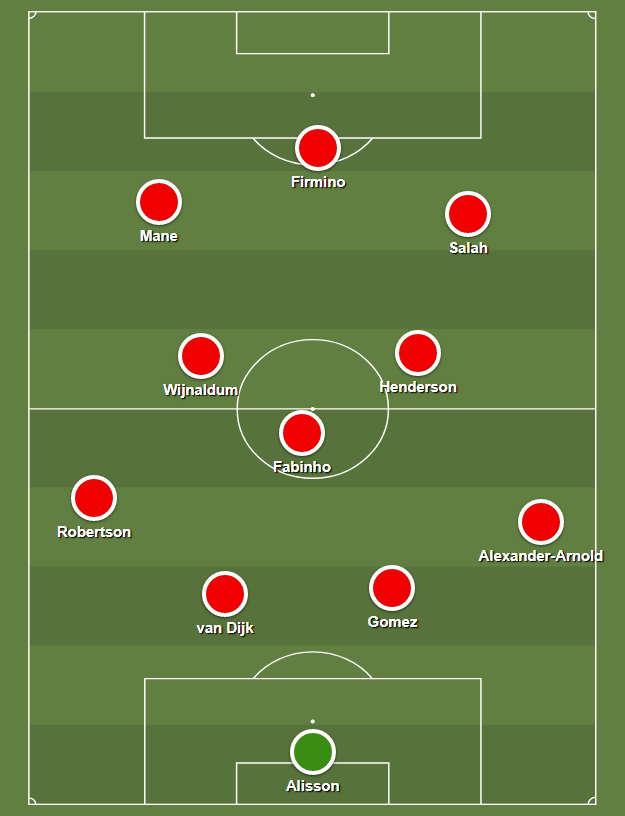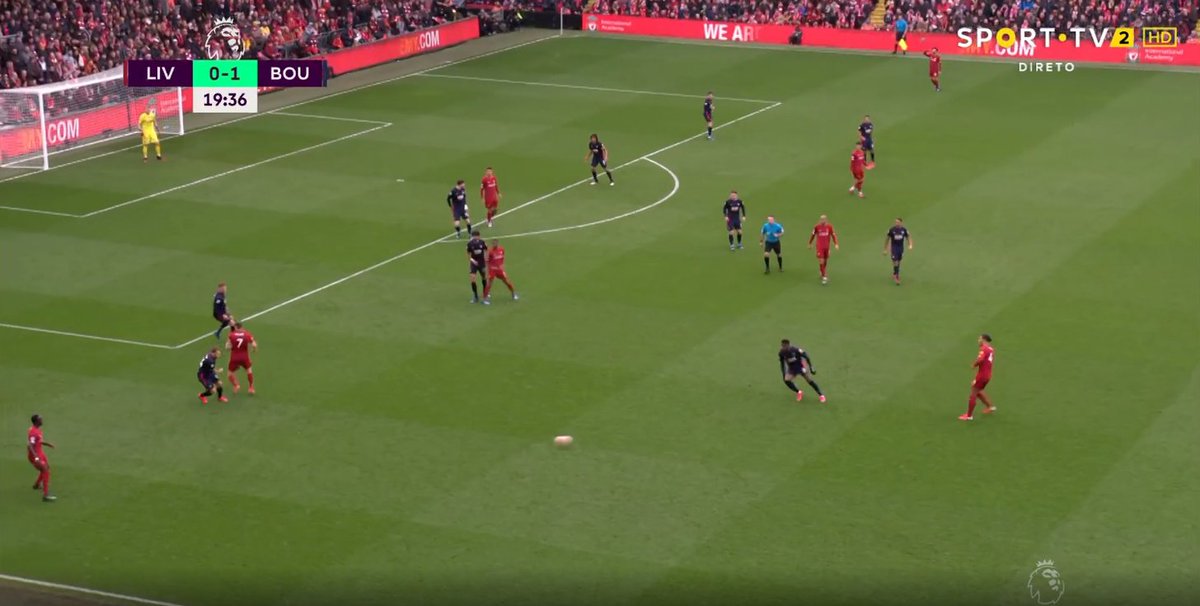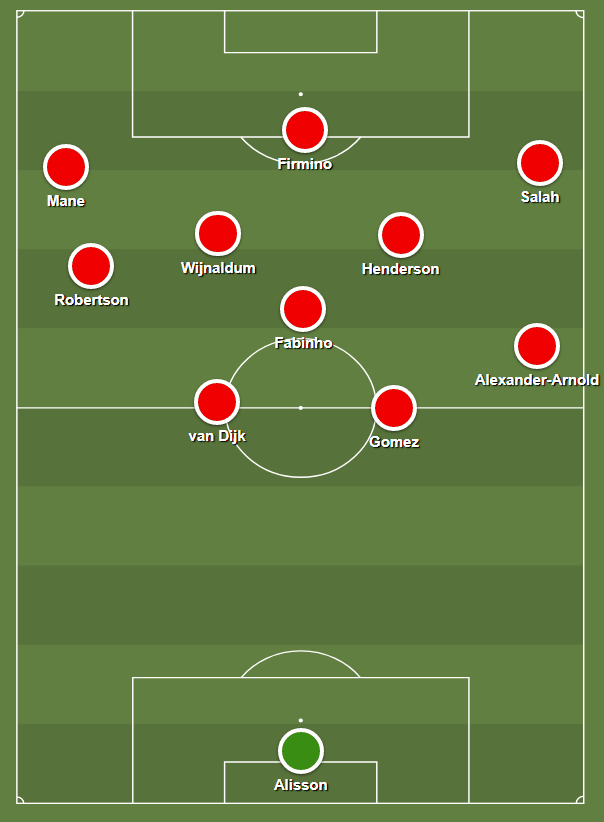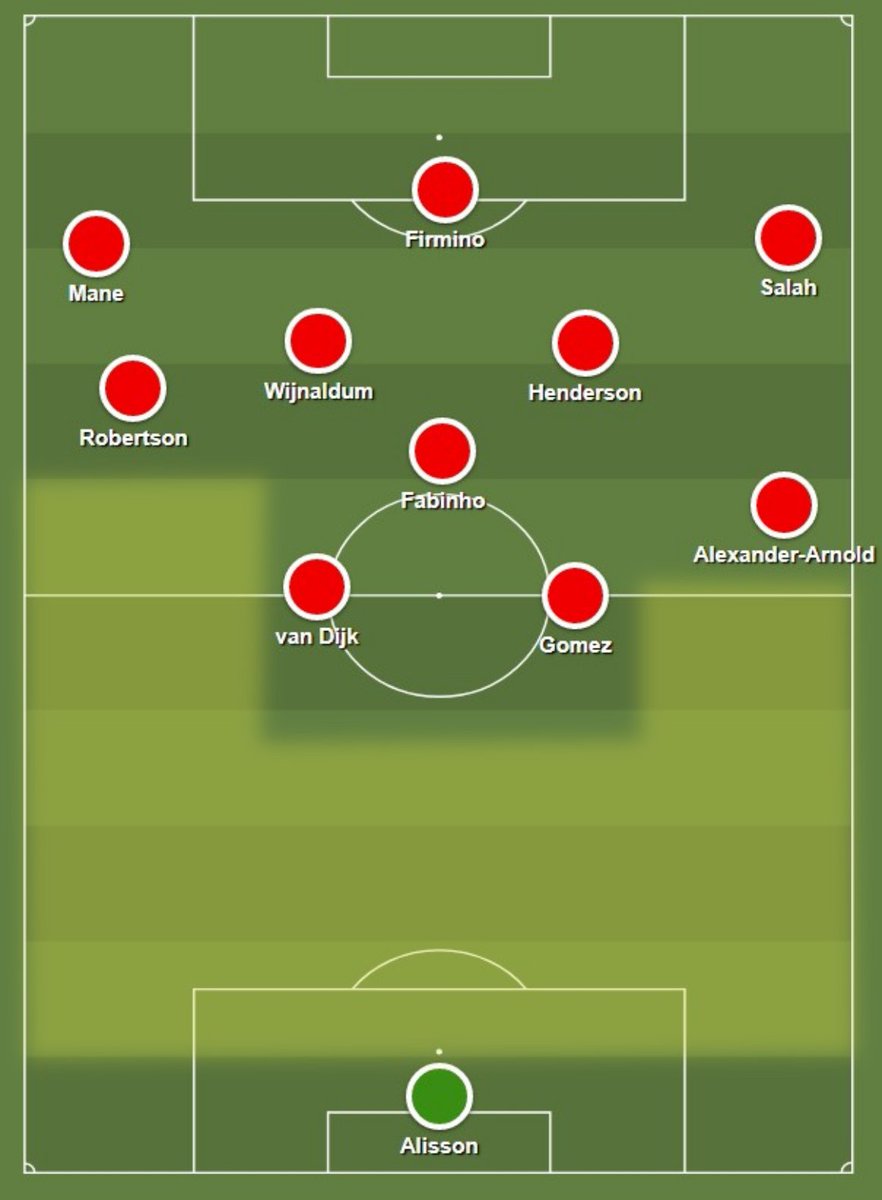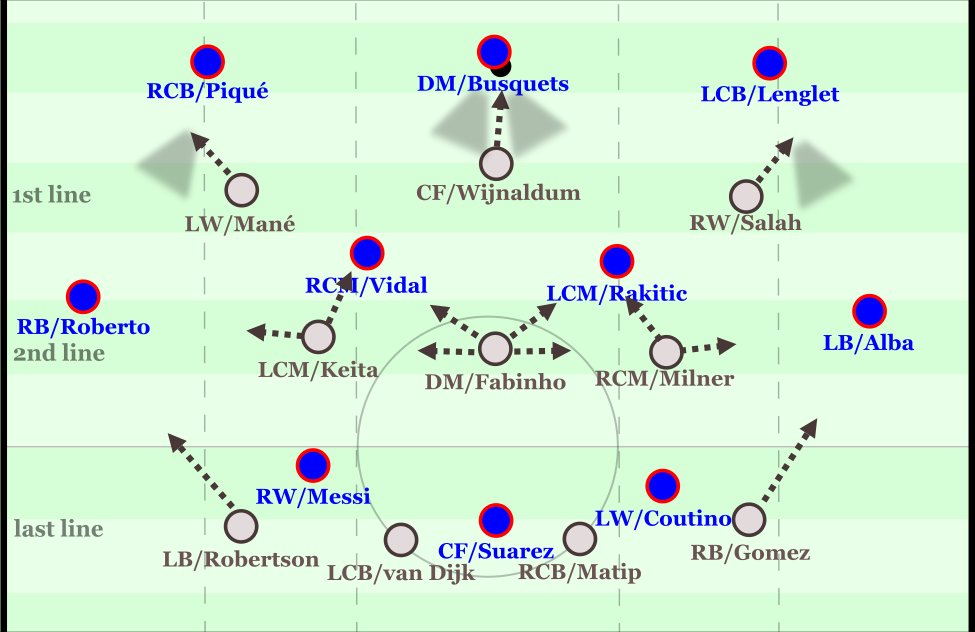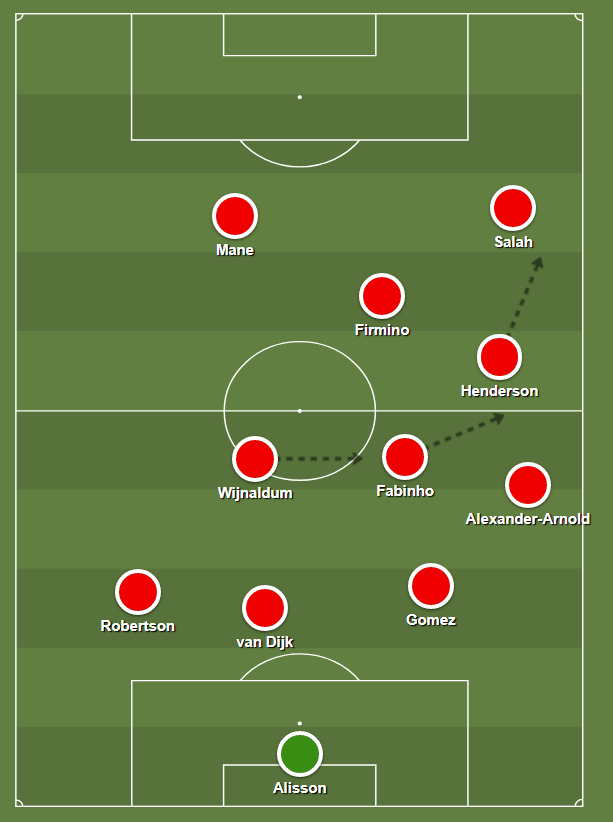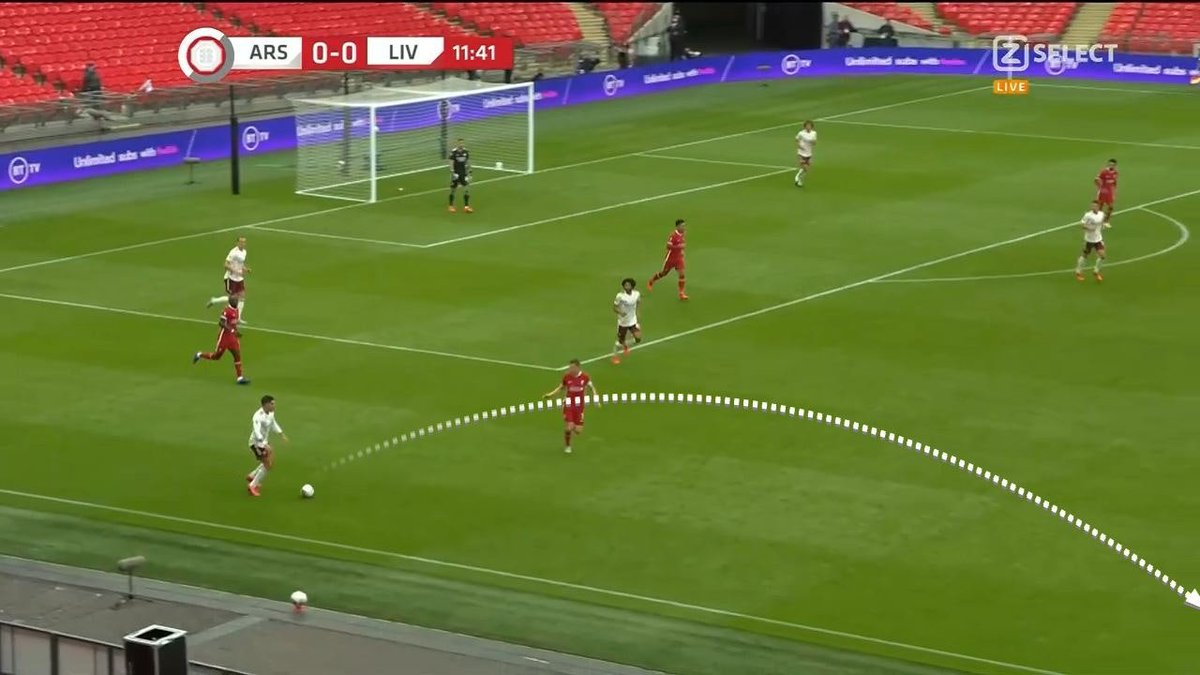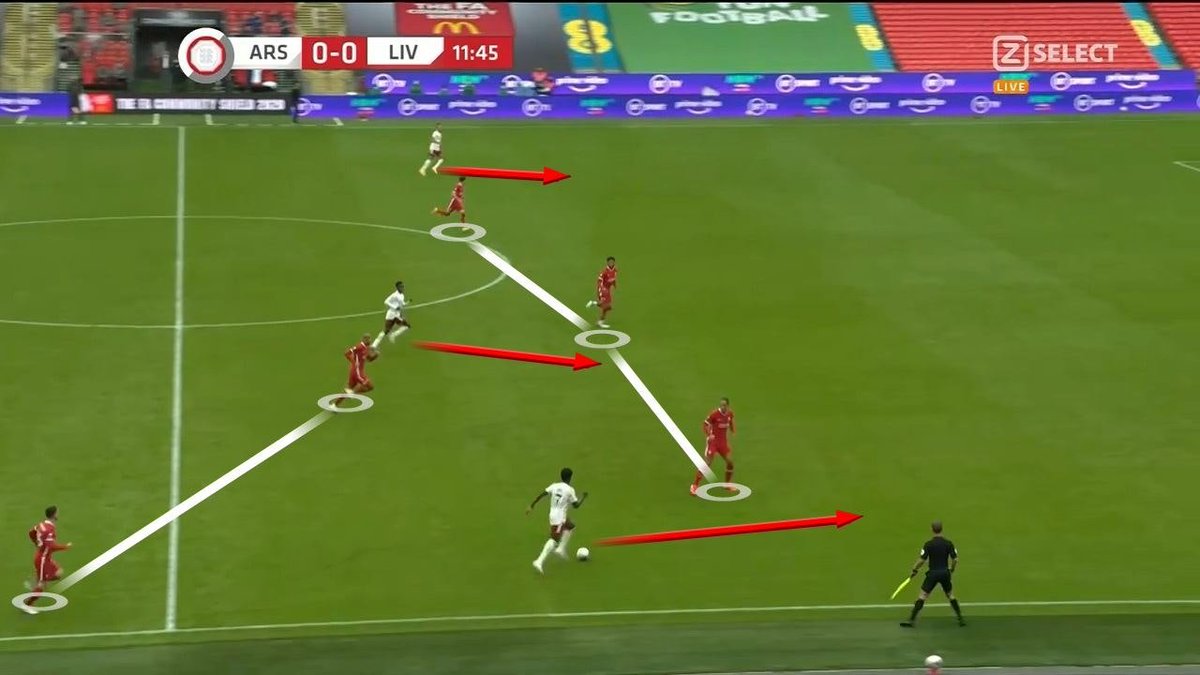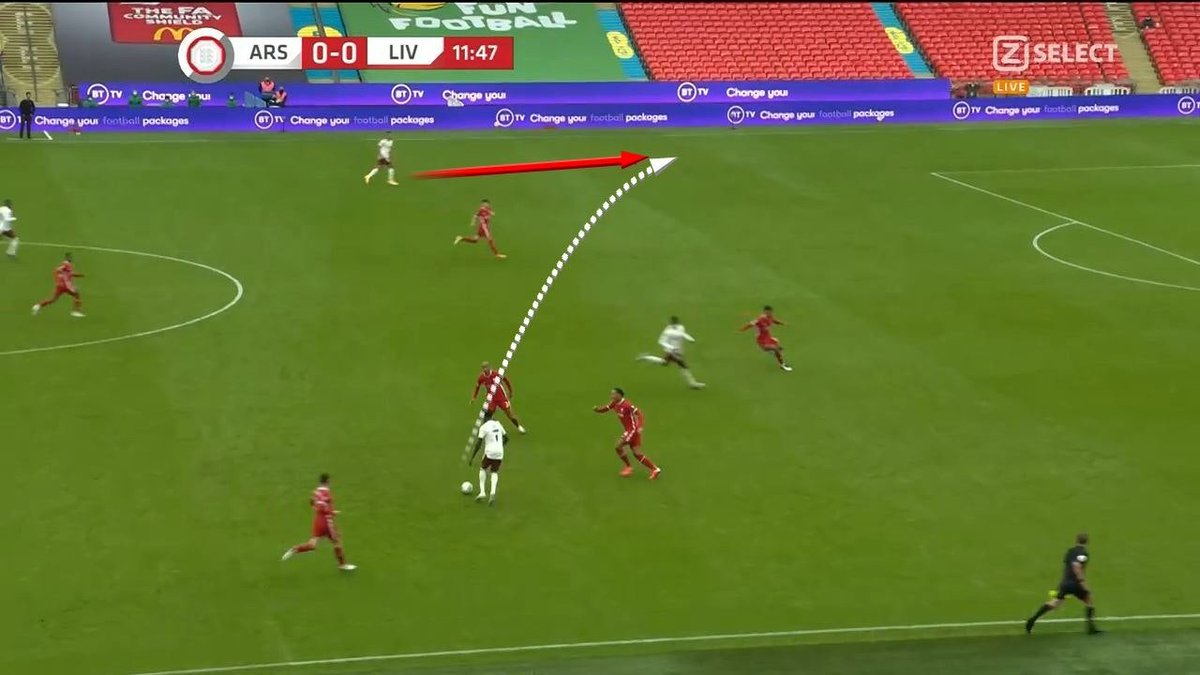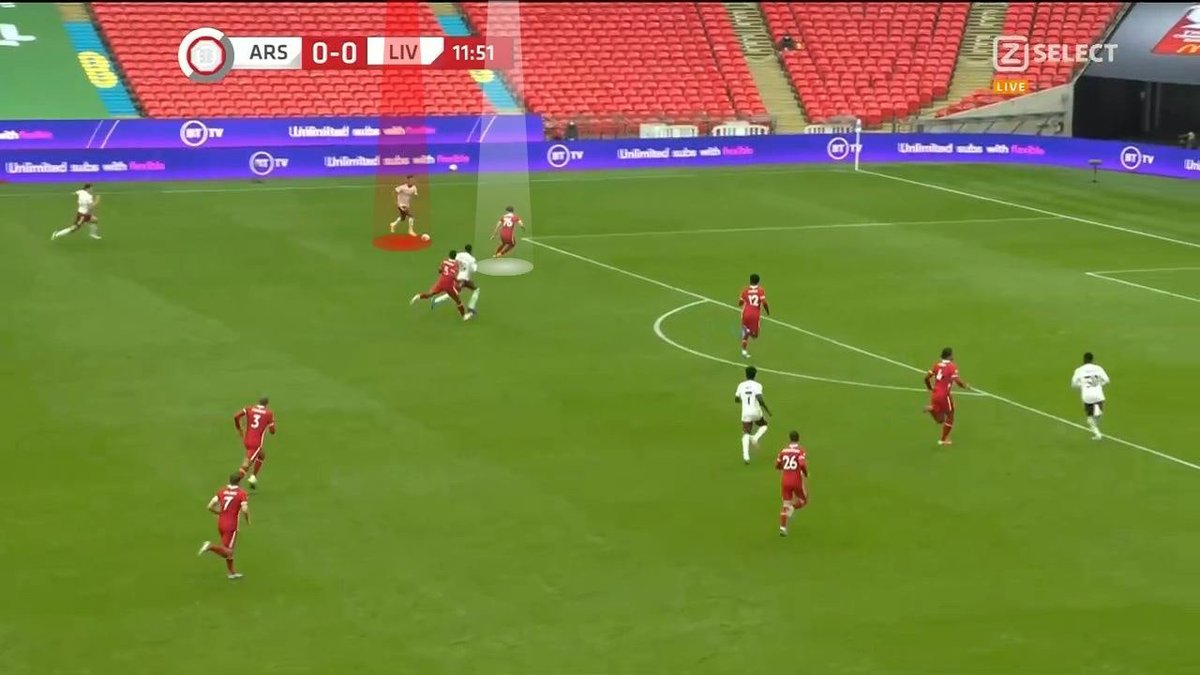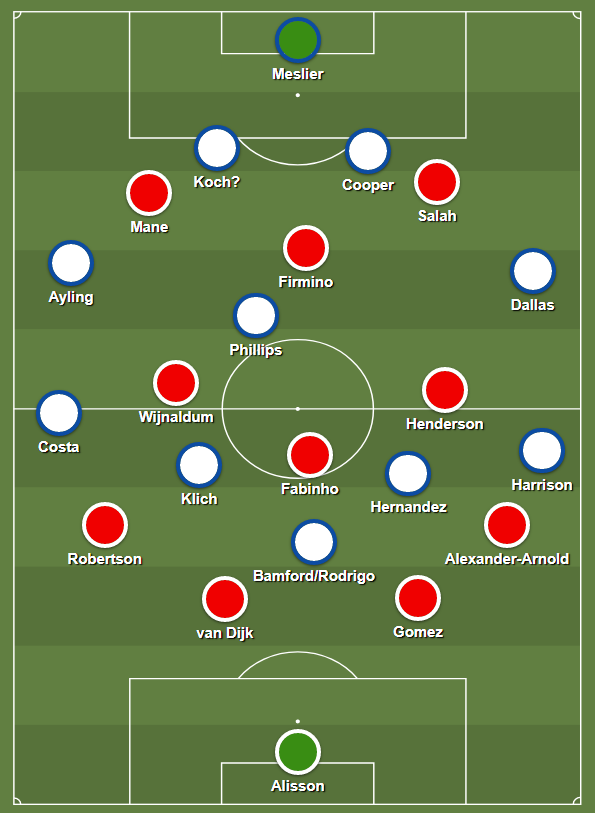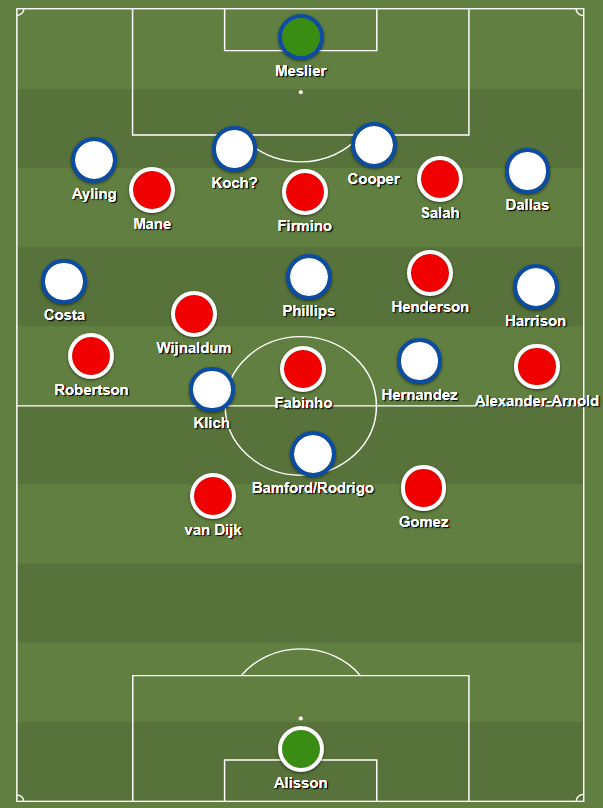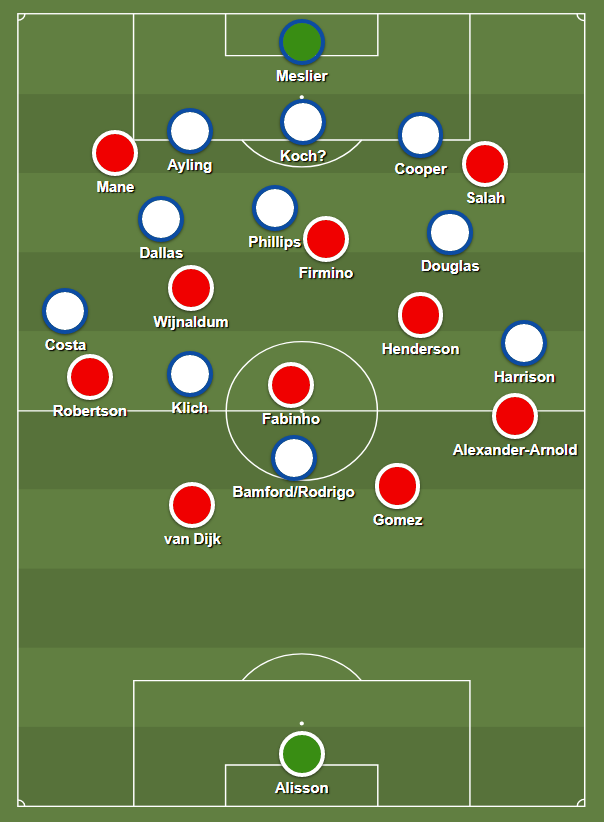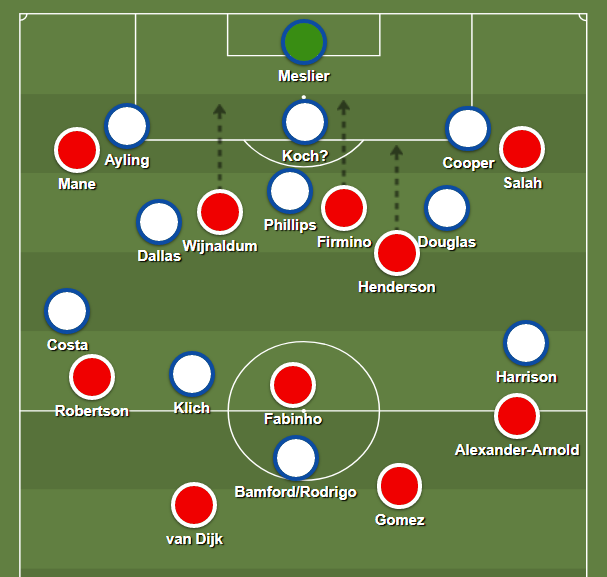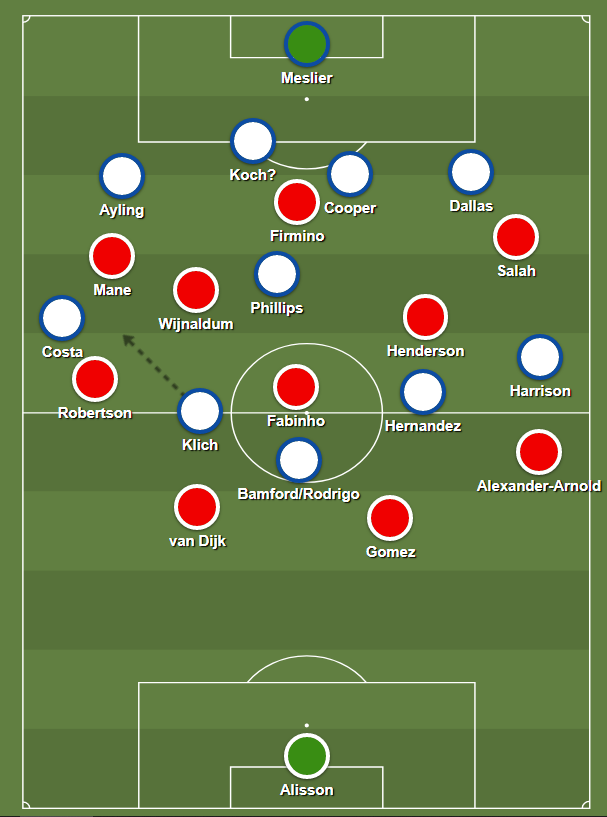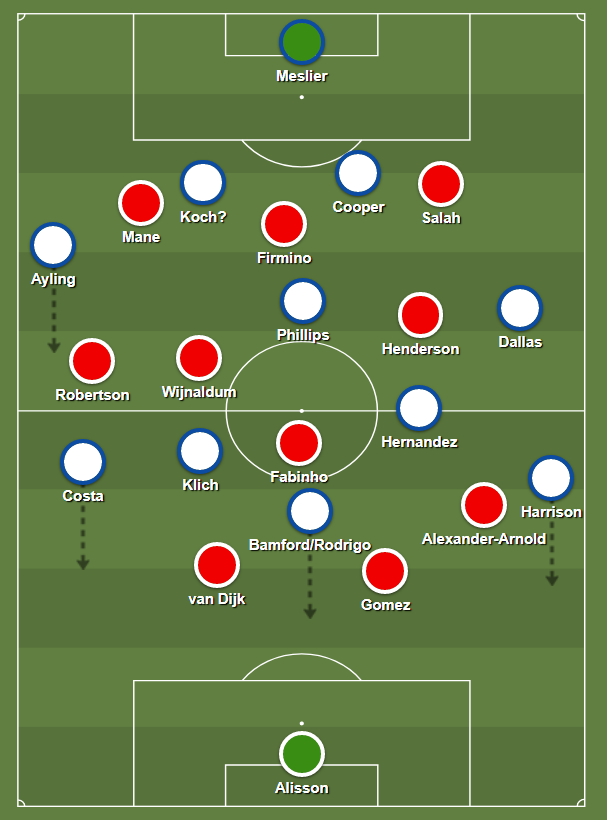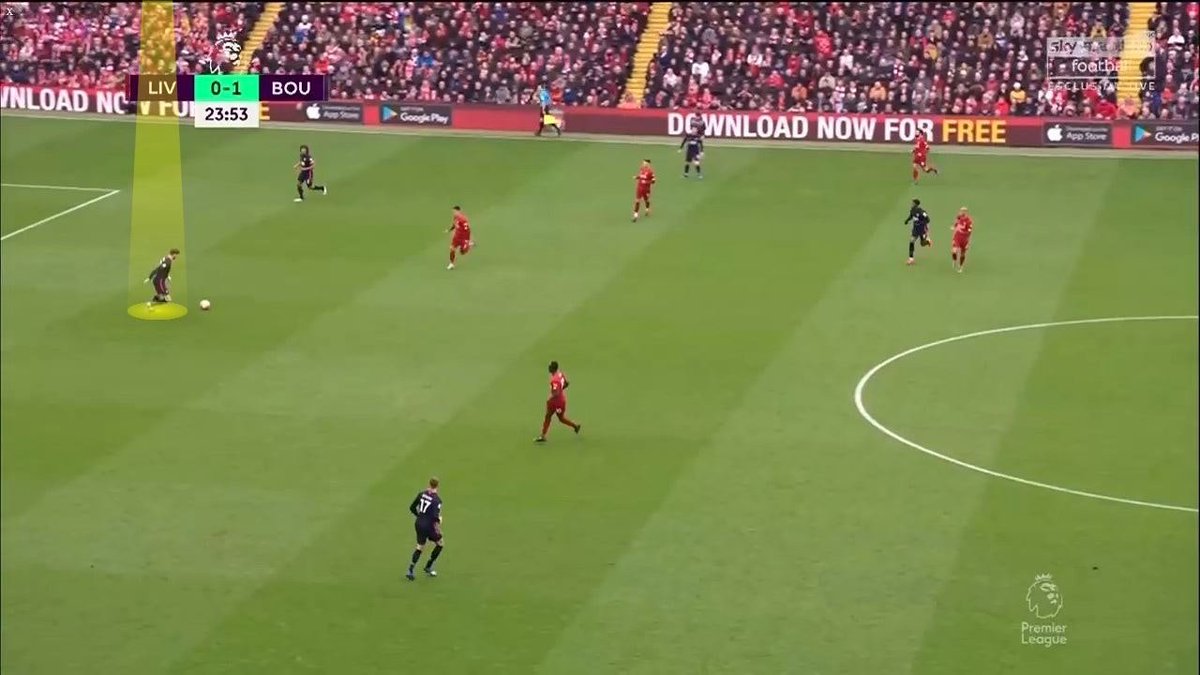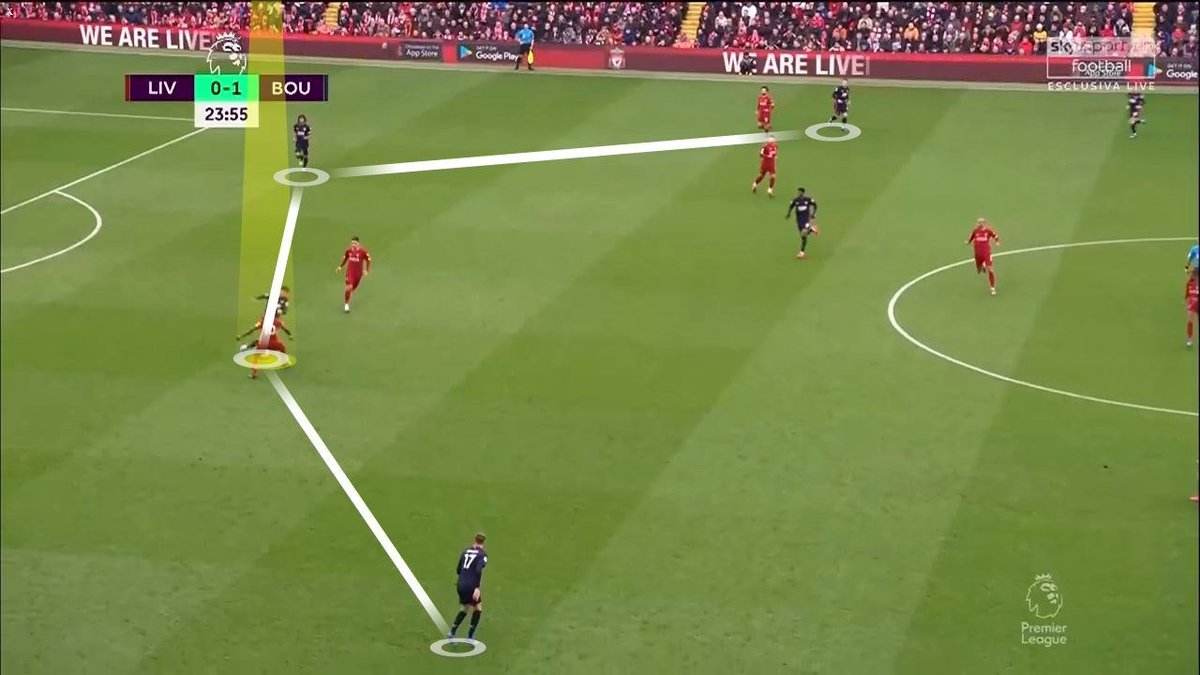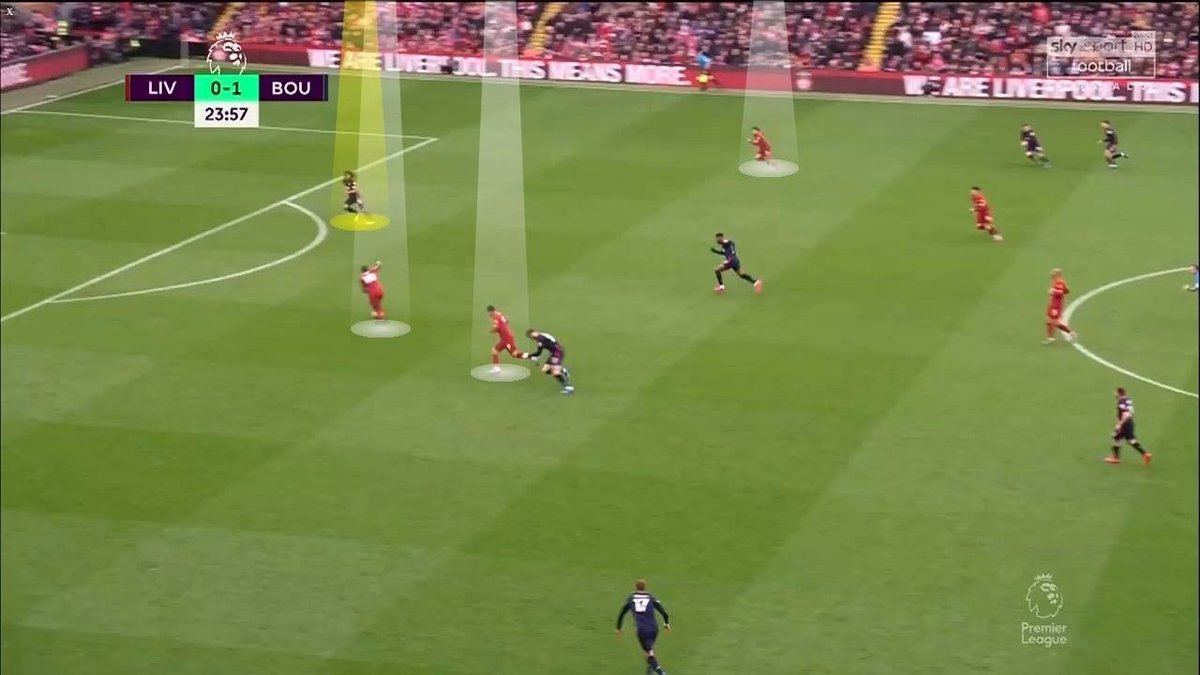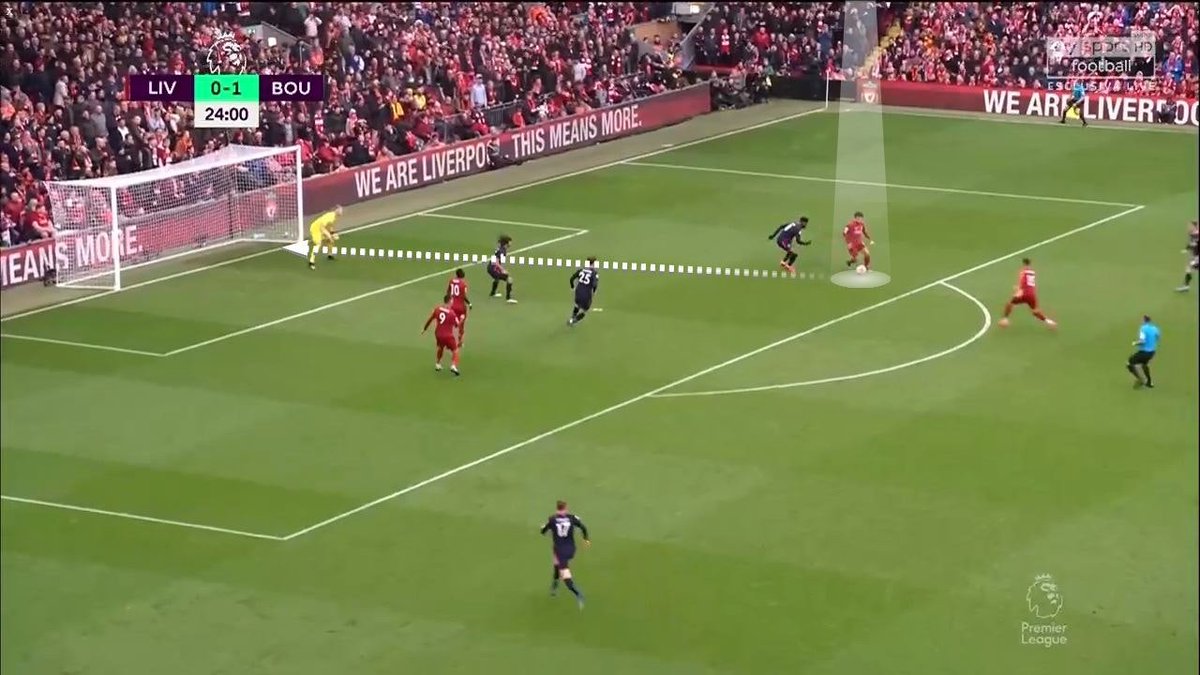What a difference a few weeks can make. Composing these threads last season saw me having to do a lot of research into teams who I knew relatively little about, watching lots of video and trawling the data.
Now, we’re back and I’m writing about a team who no doubt many of you will have seen play on a number of occasions in the last season.
Liverpool are the current Premier League Champions. They won the league at a canter last season and will undoubtedly be “there or thereabouts” this season.
This caused some head-scratching amongst the analytirati: https://www.theguardian.com/football/2020/aug/09/liverpool-xg-jurgen-klopp
What is most interesting about Liverpool is the way they have evolved under the tenure of Jurgen Klopp.
When Klopp first arrived, everyone was talking about heavy metal football and gegenpressing. In reality, though, Klopp’s team haven’t really played the sort of direct gegenpressing style that you might expect from a German manager.
In fact, Klopp has been a surprisingly reactive manager since his arrival in England with his teams playing the sort of football that both the league itself and his squad have allowed.
In 2017/18, Liverpool had stopped pressing quite so high and were more likely to fall back, invite oppositions to transition into the midfield areas before setting pressing traps to win the ball back and spring counter-attacks: https://twitter.com/NathanAClark/status/981243678986506241?s=20
In 2019/20, though, they changed in their approach again. Now, they were much more possession-focused, playing a high line and looking to their full backs, Andrew Robertson and Trent Alexander-Arnold for their creativity.
In attacking phases, they look to progress the ball down the field in two ways: either quickly on the counter-attack, making the most of their elite front three or, if the opposition get into defensive shape,
through patient build-up which utilises the crossing ability of their full backs.
In these build-up phases, Liverpool play a very high line. Don’t be surprised to see all of Liverpool’s outfield players in the opponents half.
Here’s a screenshot of Liverpool playing Bournemouth at the end of last season. Note Virgil van Dijk’s position:
In this screenshot, you’ll also see Sadio Mane and Mohamed Salah in wide areas with the ball-near full back (James Milner in this case fyi) underlapping.
They will cycle the ball around until they can either fashion a chance or lose the ball.
In the event of losing the ball, Liverpool have an issue. Because they are so far advanced, they leave a lot of space in behind and, on top of this, because they like to get their full backs forward,
As most high-possession teams do, Liverpool try to ameliorate this problem through a counter-press. This is not to fashion attacking chances in the same way gegenpressing does but to buy the team time to get into a defensive structure.
Because of the specific weaknesses caused by their structure in possession, Liverpool’s pressing is designed to limit these weaknesses. With Salah and Mane already in wide areas, they can close down the pressing lanes from the full backs,
forcing Liverpool’s opponents to move the ball centrally where only Roberto Firmino is guarding things.
However, this is where Liverpool’s midfield three come into play. As the ball moves through the centre of midfield, they press aggressively to try and win the ball back before the opposition can spring their own attack.
Here’s a graphic from @spielvercom showing Liverpool’s pressing against Barcelona in their Champions League-winning season:
Liverpool’s midfield three has baffled a lot of pundits during Klopp’s time at the club. How, they think, can one of the best clubs in world football put out a midfield of Jordan Henderson, Gini Wijnaldum and Fabinho?
As we’ve said, though, Liverpool rely on their full backs and front three for creativity. Their midfield three offer cover and facilitate the rest of the team in their attacking function.
In deeper-lying defensive phases, the Liverpool midfield will sit quite flat in front of the defence and shuttle across from side to side to help defend the wings:
In this instance, with the opposition coming down the right, Henderson will push in to help out Mohamed Salah and Alexander-Arnold in their defensive duties and Fabinho will push across and cover Henderson’s central midfielder for him.
With a midfield three covering a lot of lateral space, Liverpool can be vulnerable to switches of play. Take Aubameyang’s goal against them in the Community Shield, for example.
Here, Liverpool have lost the ball in the Arsenal half and their press doesn’t allow them to pen Arsenal in, nor force them into a central area. Hector Bellerin plays the ball down the line to Bukayo Saka…
Because Liverpool are out of shape in this defensive transition, Arsenal are in a good position. Liverpool’s back four is only a back three at this point because of Robertson’s position and only two of the midfield three are in the picture.
Saka can go down the line or use the runs of Eddie Nketiah or Pierre-Emerick Aubameyang to create a dangerous chance.
He cuts inside and feeds in Aubameyang in space.
He cuts inside and feeds in Aubameyang in space.
Aubameyang finds himself one-on-one with Neco Williams who can’t do enough to prevent him getting a shot away.
The Gabonese striker’s finish is elite and Arsenal are 1-0 up without having to work too hard for it tactically.
These sorts of switches of play could be an important source of chances for Leeds on Saturday.
Given their lack of clear centre back options, Leeds will probably field a 4-1-4-1 of some sort:
Given their lack of clear centre back options, Leeds will probably field a 4-1-4-1 of some sort:
The big question with this approach is how will they deal with the front three structurally?
Forced deep into their own half, Leeds will likely look like this:
Forced deep into their own half, Leeds will likely look like this:
We know that Leeds like to man-mark and have a player over at the back. Koch will probably be the spare player and Cooper will take up Firmino. But how will he deal with Firmino dropping deep? Will he follow him out? How will Liverpool exploit the space he leaves behind?
Then, there are questions about who Phillips will mark: will he take up the player in the Jordan Henderson position, leaving Klich to track the Gini Wijnaldum position and Hernandez to match up to Fabinho?
The other option would be to play a 3-3-1-3 formation instead which would solve the issue of the “libero” (or +1 defender in the man-oriented marking system):
Now, Koch can play as the “libero” with the centre backs picking up Salah and Mane and Phillips taking Firmino.
The wing backs could also play narrow and limit the Liverpool wide player in the midfield three.
The wing backs could also play narrow and limit the Liverpool wide player in the midfield three.
There are some issues with this: firstly, the Liverpool forwards play very wide which could potentially create space between the centrebacks which could then be exploited by the Liverpool midfield:
In addition, this would mean Leeds would be without Hernandez probably which might limit their chances of creating anything in the way of counter-attacks given Liverpool’s aggressive counter-press.
On balance, it feels like the 4-1-4-1 offers more. If Leeds are going to be pushed back deep into their own half, they aren’t going to be given much scope when it comes to defensive structure
and will prefer the full back/winger coverage in wide areas to outside centre back/wing back.
From a defensive perspective, there will be questions about how best Leeds deal with the Liverpool full backs.
At times last season, Liverpool struggled when teams doubled up on their full backs and forced them to be creative in central areas (no doubt why Thiago is being mooted as a potential signing).
The question is: how would Leeds achieve this?
The question is: how would Leeds achieve this?
Given the man-oriented system, it might require Leeds tactically leaving Fabinho opening and getting the ball-near 8 (Klich or Hernandez) to help out pressing the Liverpool full back.
This would mean Fabinho (or the Liverpool centre backs) would have more time on the ball but that would be the payoff for stymying Liverpool’s full backs:
In this scenario, with Robertson on the ball, Klich would leave Fabinho for Robertson and the striker would have to leave the two centre backs and press the Brazilian.
The key for Leeds getting any joy forward will be how they decompress from these situations. With Helder Costa and Jack Harrison in wide areas, they will be looking to force chances like Arsenal did through Aubameyang.
Of course, neither Harrison nor Costa is Aubameyang so it will be a tough evening for the Leeds wide players.
Beyond that, the question is how much possession Leeds can enjoy and whether or not they can prevent Liverpool from keeping them hostage in their own half for much of the game. Those who know Bielsa will know he won’t just mutely allow this.
But will this, in turn, mean that Leeds could open themselves up for quick counter-attacks from turnovers in attacking transition?
Here’s a good example of what Liverpool can do, also from that Bournemouth game in the second half of last season:
However, he gets pressed by Mane and loses it. The Bournemouth back line are set up for an attacking transition and are completely out of position.
Given Leeds will be looking to build-up from the back, they will know a team of Liverpool’s calibre will punish them if they lose the ball in transition like this.
Going into this game, Leeds will be under no illusions as to the difficulty of the fixture. Liverpool haven’t lost at Anfield for over three years and Leeds will feel they’re going into their season without the requisite level of preparation.
However, these are the sorts of games the team should be looking for. It’s what they fought so hard to get into the Premier League for and Liverpool will also feel under-prepared under the circumstances.
There is no good time to play Liverpool. But this could be one of the more preferable ones.
If you prefer this thread in blog form: https://allstatsarentwe.substack.com/p/liverpool-vs-leeds-a-tactical-preview/comments
If you want to hear us chat about these sorts of ideas on a podcast, we've got you covered: https://pod.fo/e/29f4f
If you like this content, we've got much more available over on Patreon including video content. Tomorrow, there'll be a video analysis of Kalvin Phillips' England debut, for example: http://Www.patreon.com/allstatsarentwe
If you've got this far, be a dear and RT the original post in this thread.

 Read on Twitter
Read on Twitter
